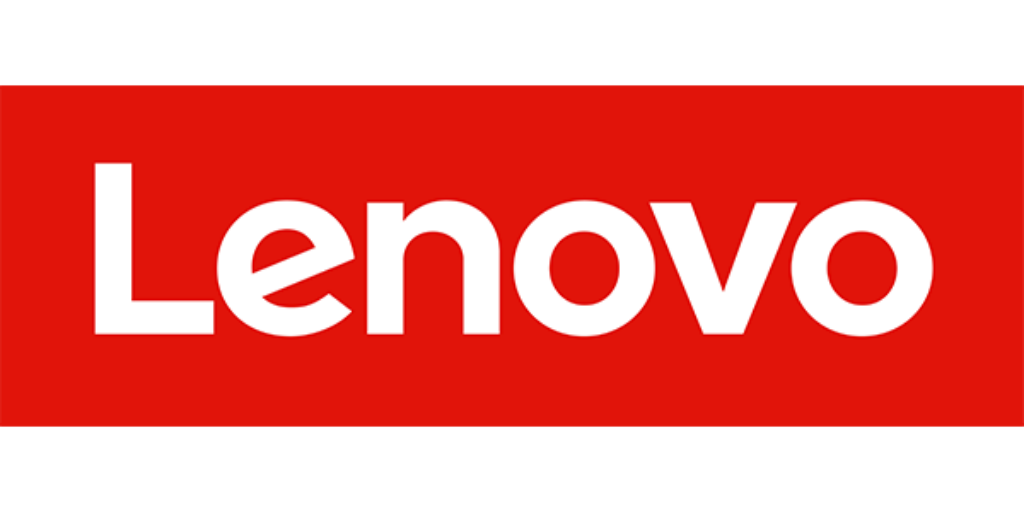Albuquerque — March 19, 2021 — Sandia National Laboratories has announced its Quantum Scientific Computing Open User Testbed, QSCOUT, is now operational and available for public use. Scientists from Indiana University recently became the first team to use the system.
QSCOUT is intended to address limited access to quantum computer technology, which, while poised to become a major driver of innovation and research, is technology to which very few universities or companies have access. QSCOUT will allow scientists to conduct research that may not be possible at their home institutions without the cost or restrictions associated with the use of a commercial test bed.
“QSCOUT serves a need in the quantum community by giving users the controls to study the machine itself, which aren’t yet available in commercial quantum computing systems,” said Sandia physicist and QSCOUT lead Susan Clark. “It also saves theorists and scientists from the trouble of building their own machines. We hope to gain new insights into quantum performance and architecture as well as solve problems that require quantum computation.”
Sandia began running the test bed’s first user experiment in February with researchers from Indiana University. Teams from IBM, Oak Ridge National Laboratory, the University of New Mexico, and the University of California, Berkeley are slated to begin experimentation as well. Projects range from testing benchmarking techniques to developing algorithms that may one day solve problems in chemistry that are too complex for normal computers to process.
QSCOUT’s design is unusual in that it doesn’t use superconducting circuits, which require ultracold temperatures and make them expensive to build and operate. Sandia’s machine makes use of an ion trap that allows it to run at warmer temperatures. Trapped ions also deliver clearer signals than circuits and can hold information longer, which allows researchers to perform different types of experiments and compare the two platforms.
Trapped ions are held inside QSCOUT with a “trap on a chip,” a flat bow-tie-shape device about 2 cm long, overlaid on a semiconductor chip. Three electrically charged ytterbium atoms are suspended in place by radio waves and an electric field above a hairline channel that runs down the center of the device. Lasers encode information in each ion as a qubit, comparable to a bit in a conventional computer, to perform calculations.
Sandia intends to expand the system from three to 32 qubits over the next three years to allow for more sophisticated operations.



